P6-Scrubber v04
P6-Scrubber is the answer to your data pollution woes. This tool designed by Emerald Associates will take care of clearing out that unwanted garbage prior to importing the XER/XML by allowing you to easily decide what is acceptable in the file. The P6-Scrubber Definition Configurator allows you to set up and save definitions for each client to be used over and over without rebuilding it each time. Definitions can also be edited, so if a new cleansing definition is needed, it can be added to the existing one.
P6-Scrubber can be deployed stand alone or it can be pointed at one or many database so data can be validated against what is already in the database.
Validate Project and Activity ID and Name
P6-Scrubber can check project and activity IDs and names for adherence to your specifications set for your contractors. Our easy to use pattern definer will walk you through setting up the patterns and allow you to validate the IDs and Name according to your specs prior to running it on your XER/XML.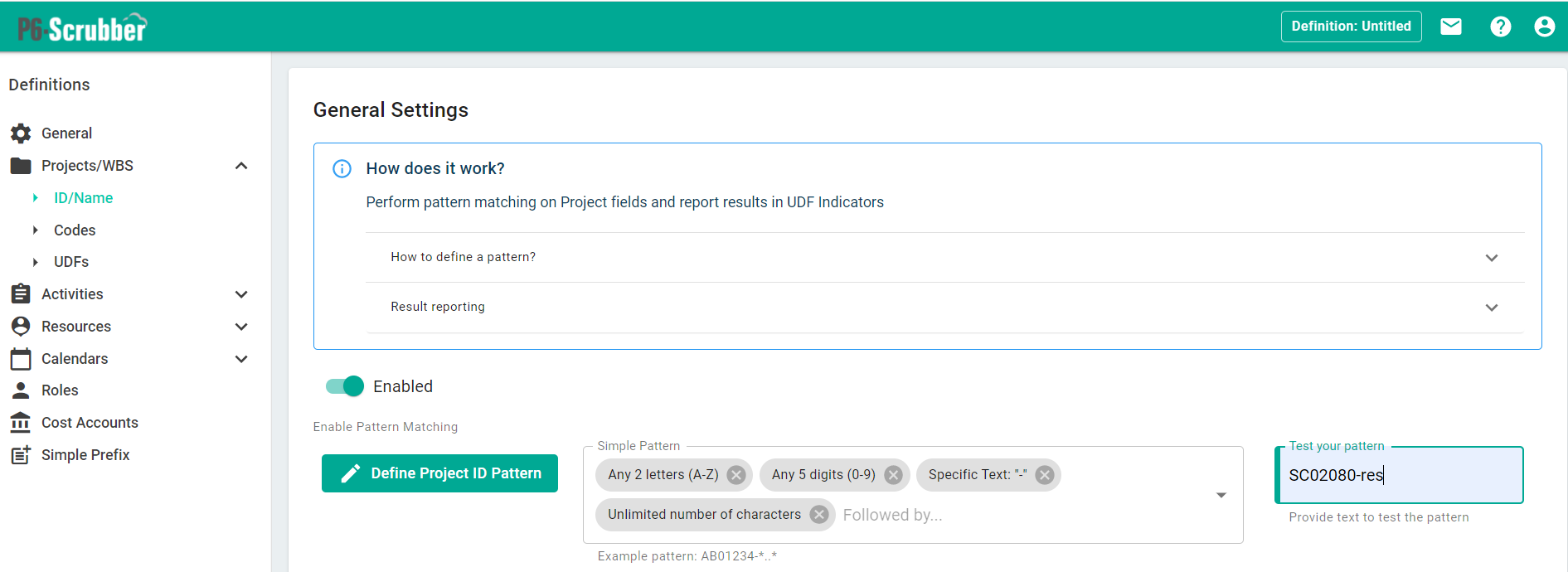
Codes
Project, Activity and Resource Codes Types and Values can be defined. Codes and Values may be kept or scrubbed out of an XER/XML, remapped and verified with live data from your existing database. Once a definition is saved, you can also remove any undefined codes or values that come in that are undefined. It is easy to populate the definitions with a bulk add option that can accept values copied directly out of your P6 dictionaries or you can import an existing XER/XML to determine what type of data is in the file already.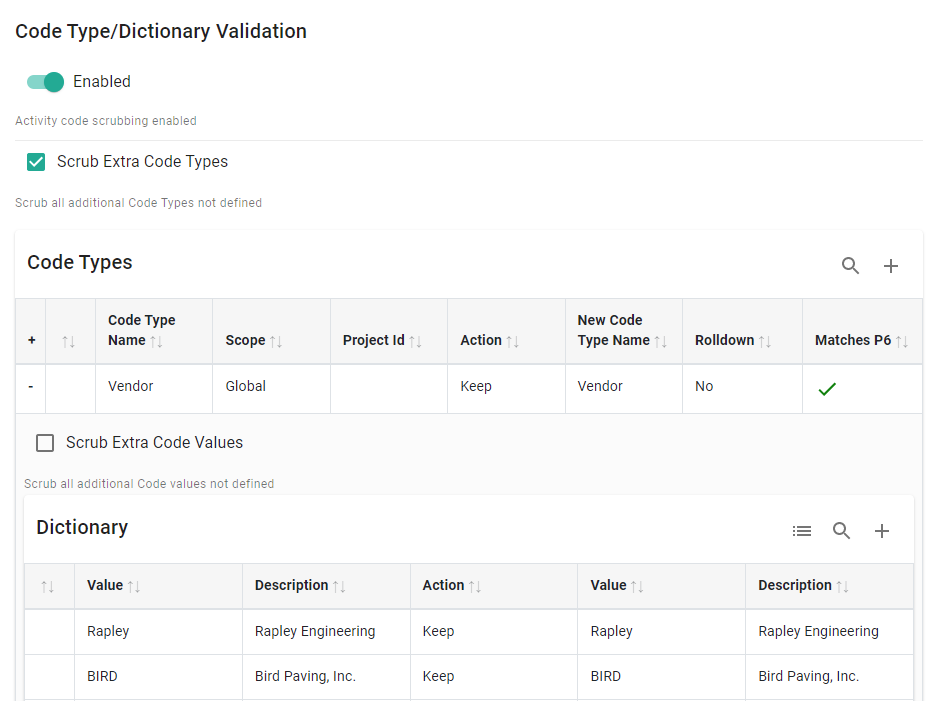
UDFs
UDFs at all subject levels can be checked. They may be kept or scrubbed out of an XER/XML, remapped and verified with live data from your existing database. Extra UDFs can be scrubbed from the file by simply checking a box. Cost accounts can be defined and checked and/or removed just as easily.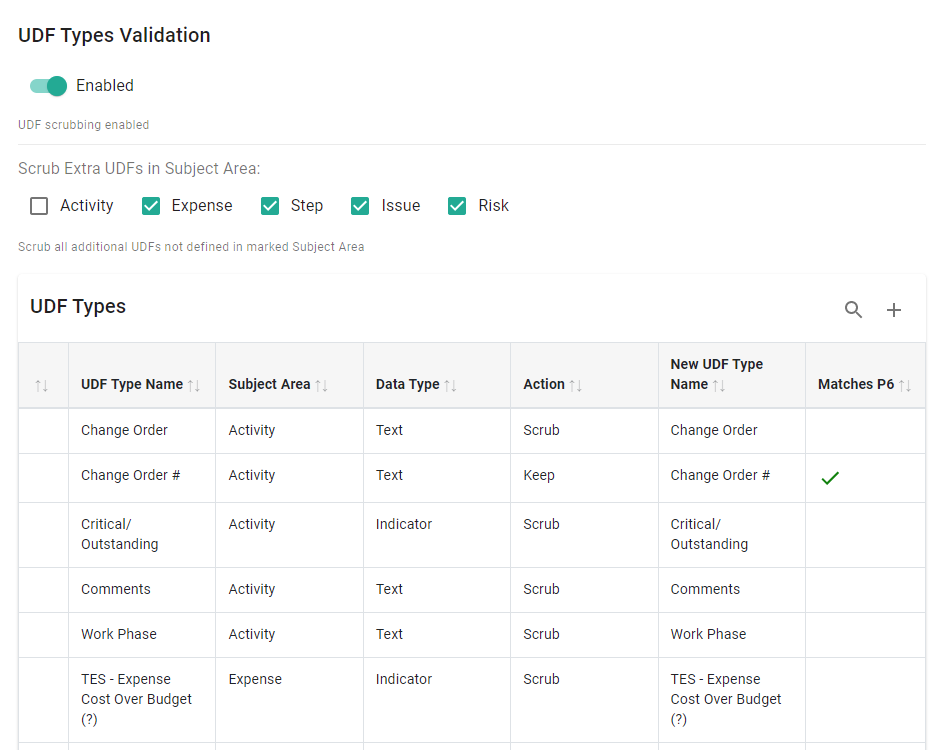
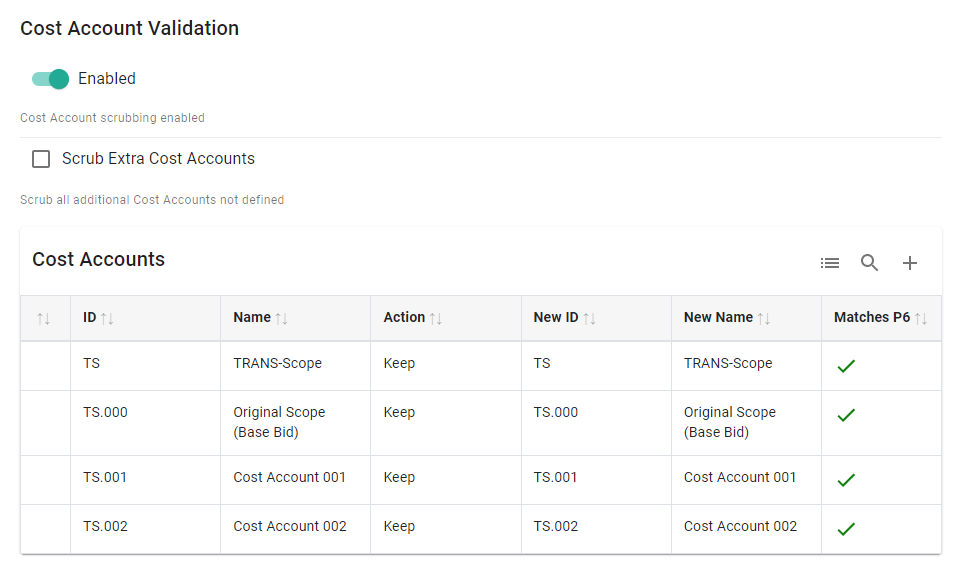
Resources and Roles
Resources and Roles can be handled in the same manner as other data. If you have the same resources/roles already in your resource dictionary with another ID or name, they can be remapped to match what is currently defined, without creating new resources upon import.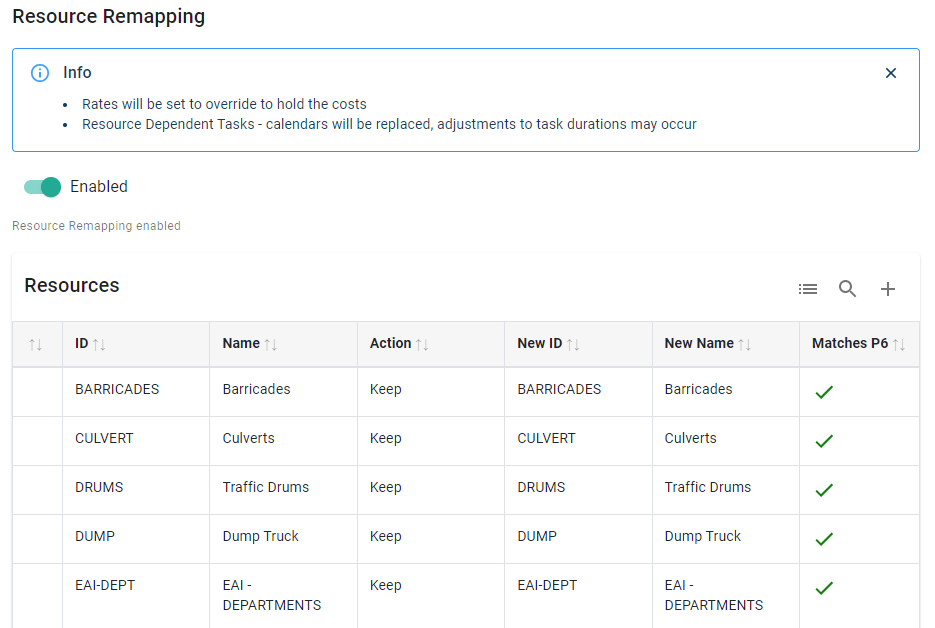
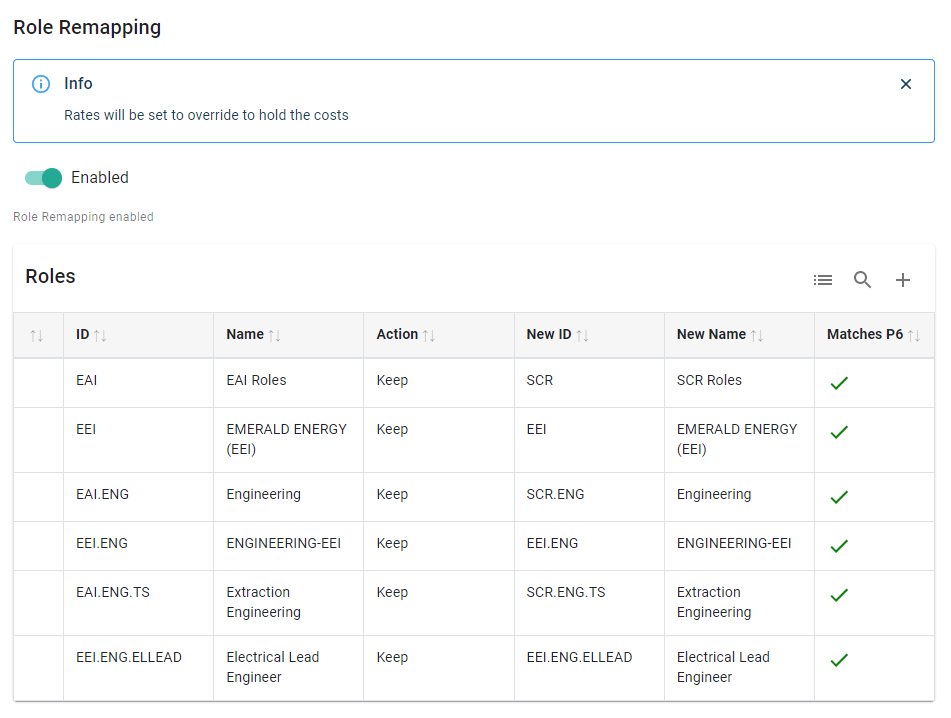
Units of Measure
Units of Measure dictionaries can become unruly if you are creating different units that are the same but named differently. P6-Scrubber has the ability to remap units of measure to the abbreviation and name you already have defined in your P6 database.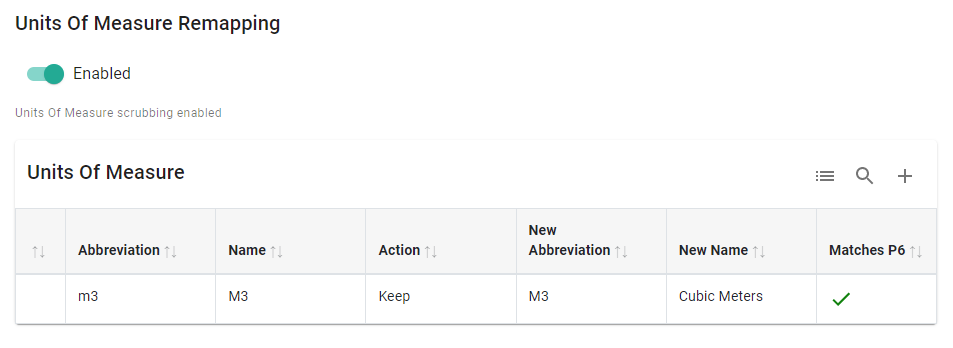
Calendars
The problem with Global Calendars being imported is you may have a calendar of the same name. The imported calendar, in this case, will overwrite your existing calendar. If that imported calendar is not defined the same as the imported calendar, you could be dealing with a mess on the schedules where that calendar is already assigned in your database. In most cases, global calendars are defined for your organization and you do not want them to become messy with hundreds of other companies’ calendars.
P6-Scrubber has the ability to roll the global calendars in an XER/XML to the project level, so you can maintain the calendar for the imported project without polluting your existing global calendars. Remapping a global calendar to an existing calendar is also an option.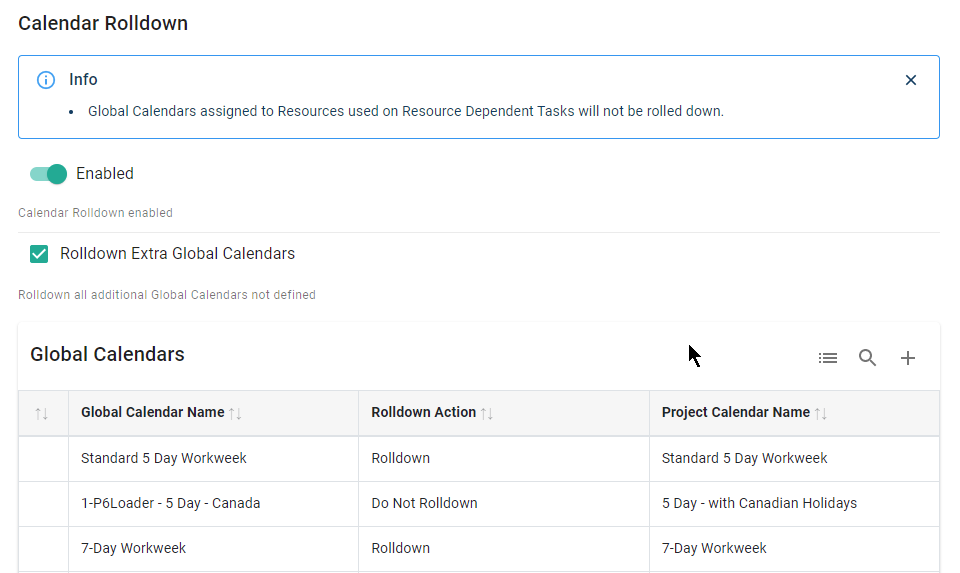
You can view what Project Calendars are contained in an imported file.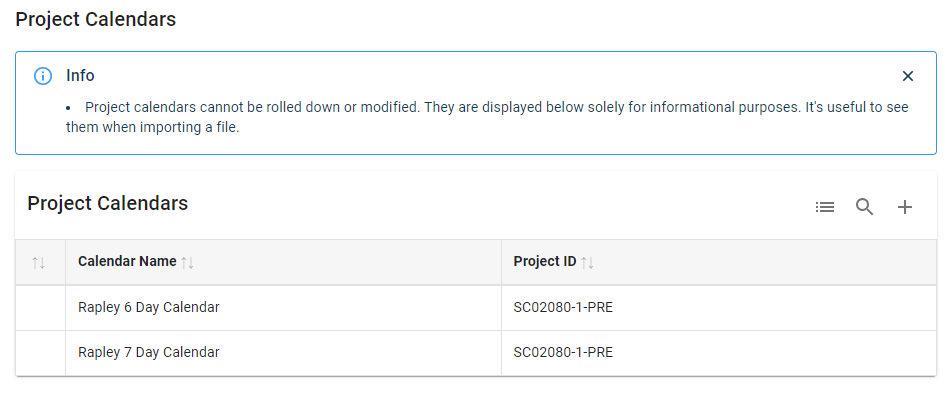
Resource Calendars can also be verified/remapped.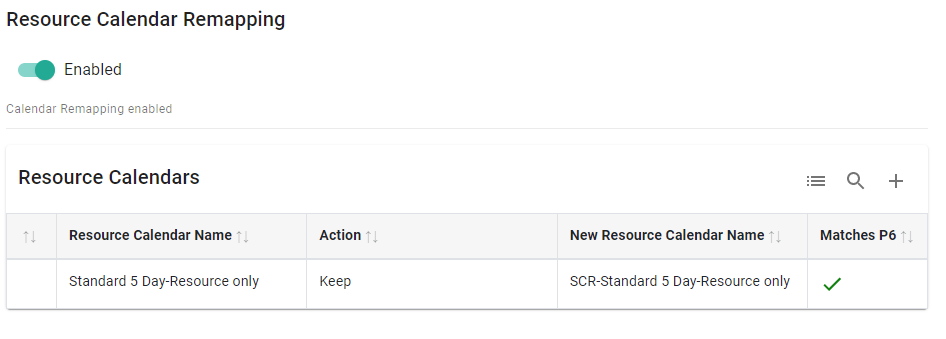
Simple Prefix
If all you want to do is prefix the data coming in from the XER/XML, you can quickly add the prefixes to your file by setting the separator and prefix for each element.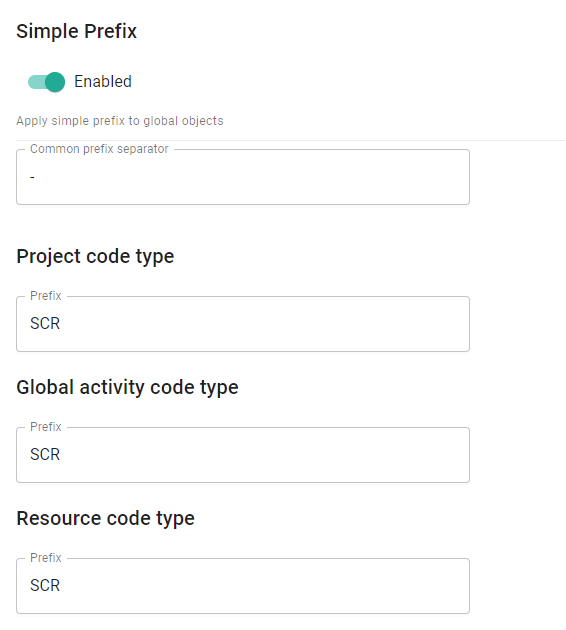
Save the Definition
Once the definition is complete, it can be saved and re-used over and over to scrub XERs/XMLs so you don’t have to re-create them every time you want to scrub an XER/XML. An unlimited number of definitions can be set up, so you can have a different definition for each of your clients or needs.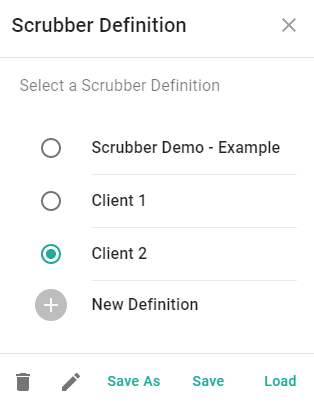
Scrubbing a File
To scrub an XER/XML, you need to only choose a Scrubber Definition and one or many files to scrub. The P6-Scrubber will scrub each file according to the definition and supply an output of a clean file with indicators signifying if changes were made and an html report documenting everything the scrubber did with the data. The indicator and report creation in the clean XER/XML file can be turned off if you do not want to include them in your import. There is also an option to produce an XER file with a lower version to accommodate those files from a company that may use a more recent version of P6 than yours.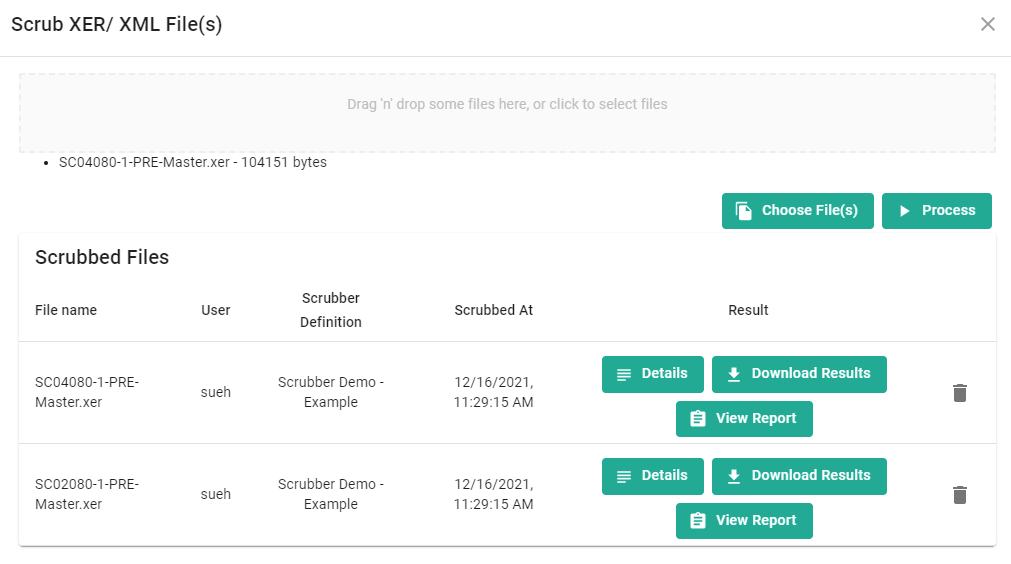
Scrubber Report
The report provides a summary as well as a detailed account of each area, including the definition run and the changes made.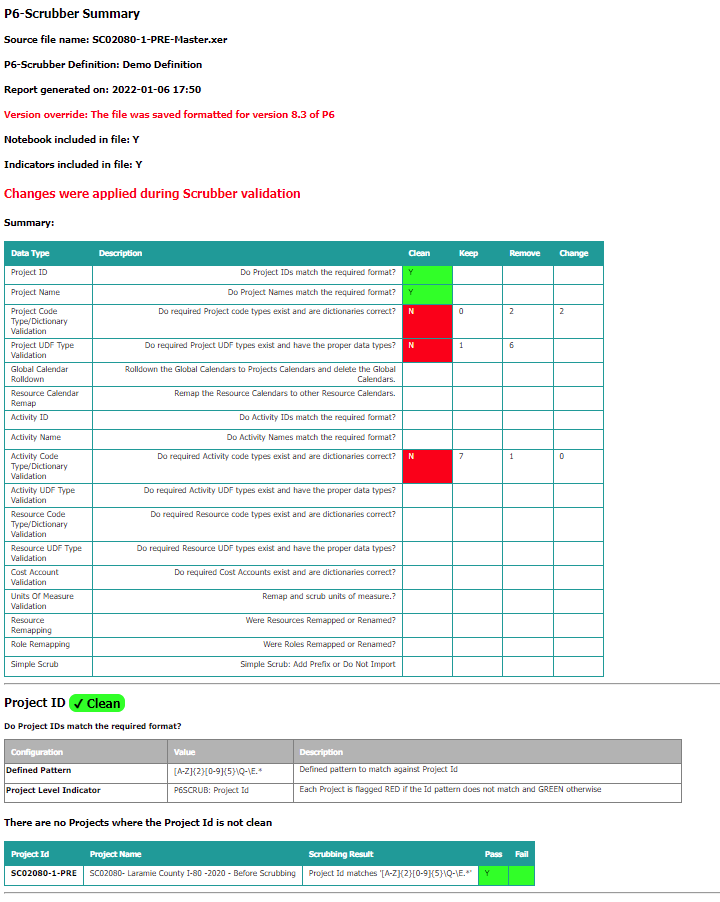
Imported File
Once you import the file, you can display indicators in both the project and activity windows to easily show you what was changed or not changed in the imported (scrubbed) file. The report may also be created to display as a notebook on the project.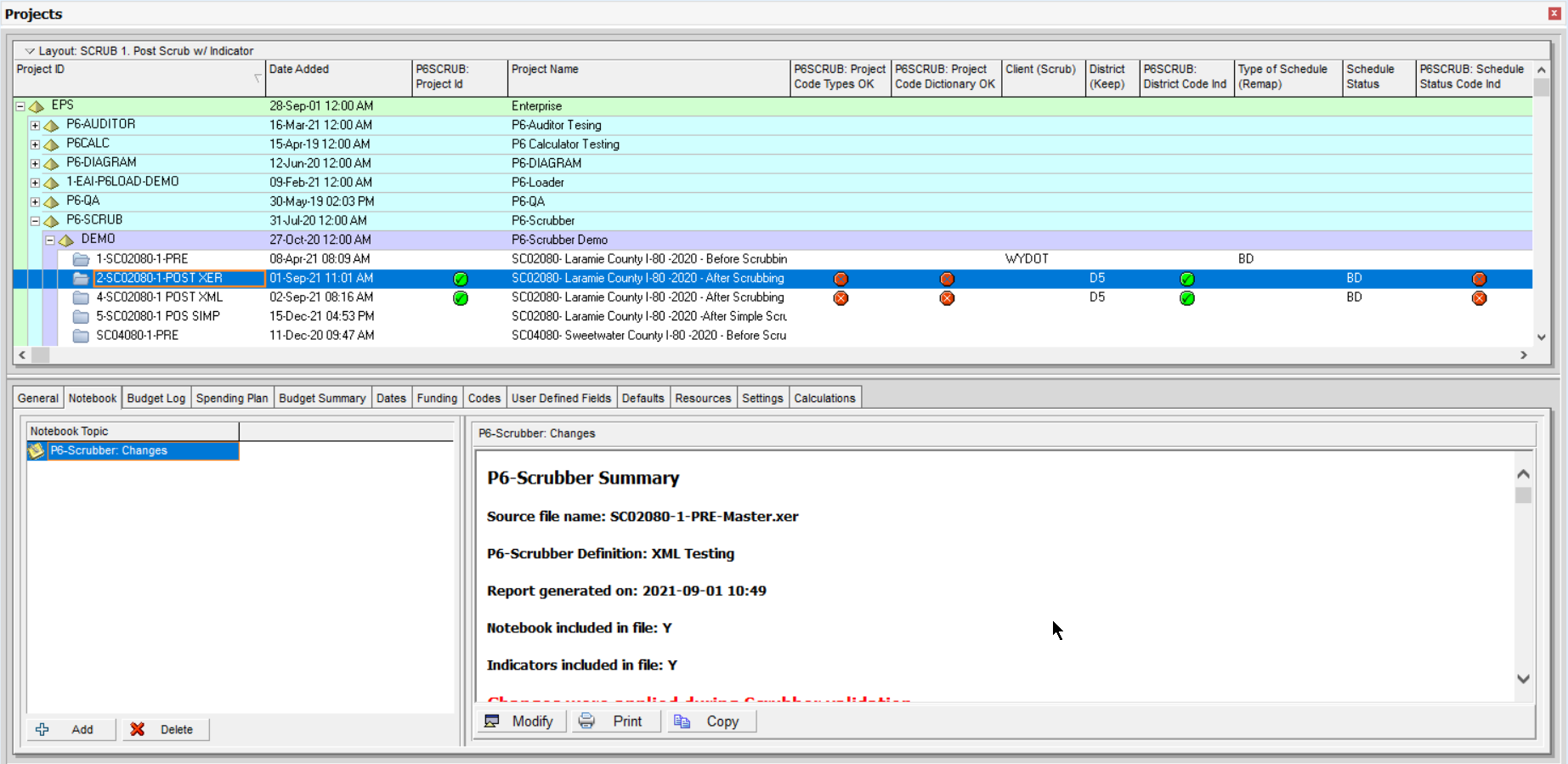
If you are spending hours cleaning up data from XERs/XMLs, either in a scrubbing database or in your production database, P6-Scrubber will definitely cut those hours down immensely. P6-Scrubber will also avoid the pitfalls and possible data corruption from manually changing an XER/XML.
About the Author
Sue Fermelia - Implementation Specialist
At Emerald Associates, Sue is an Implementation Specialist and has been successful at drawing on her accounting and project management background to consult with our diverse client base. With her friendly demeanor and strong communication skills, she has become a talented Primavera P6 trainer and works very hard to effectively implement Oracle Primavera solutions that cater to each client’s unique organizational needs.